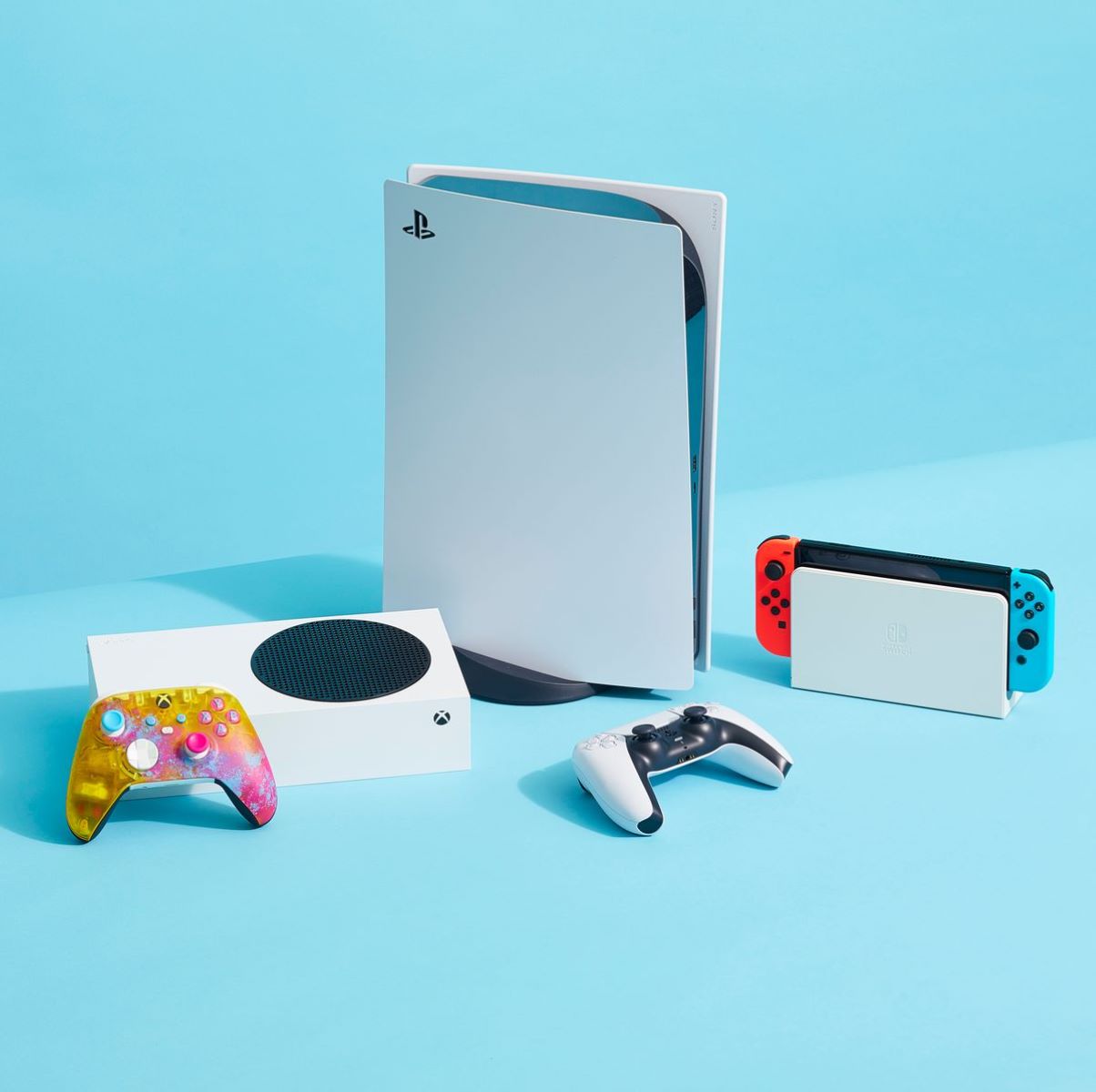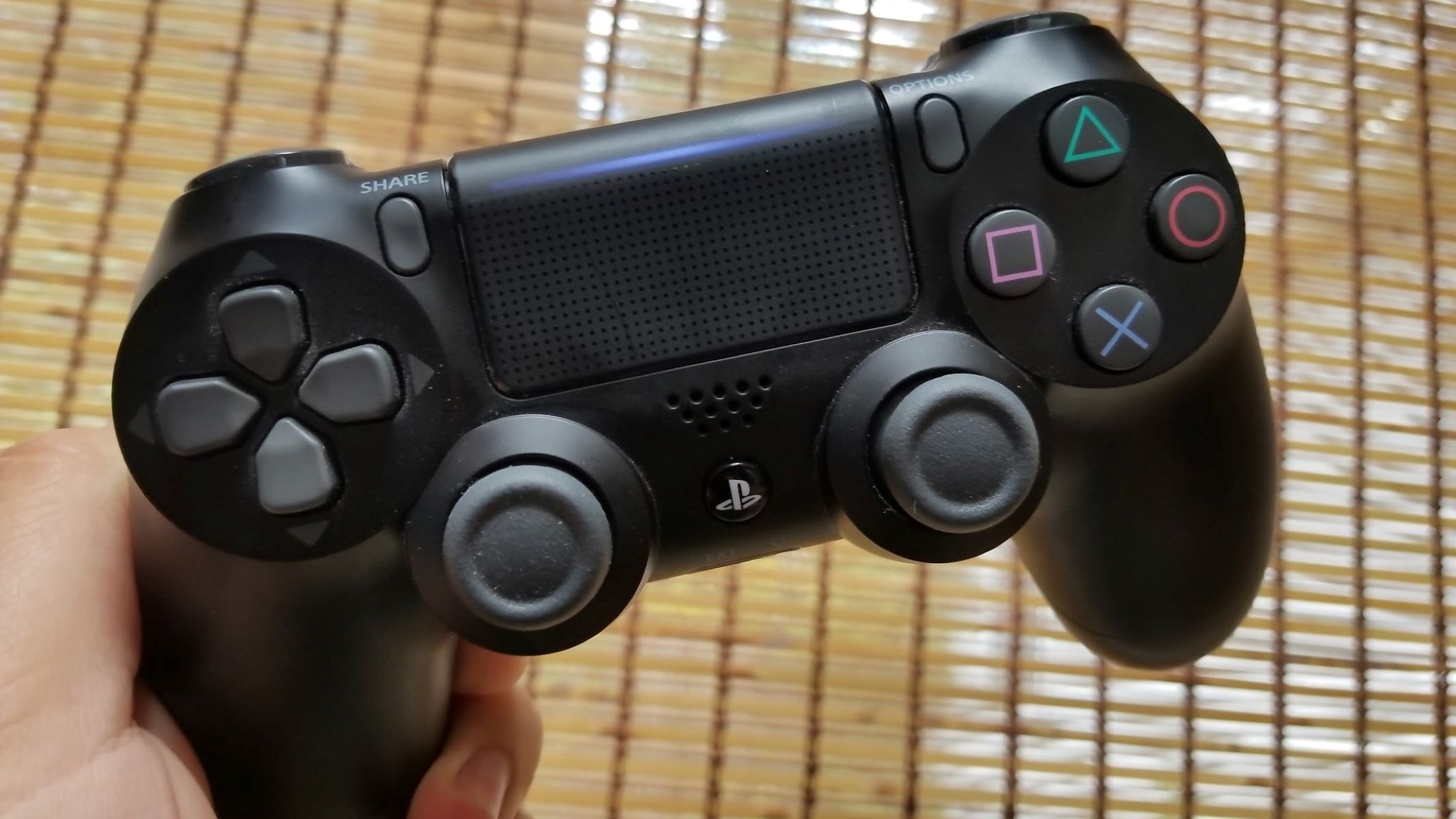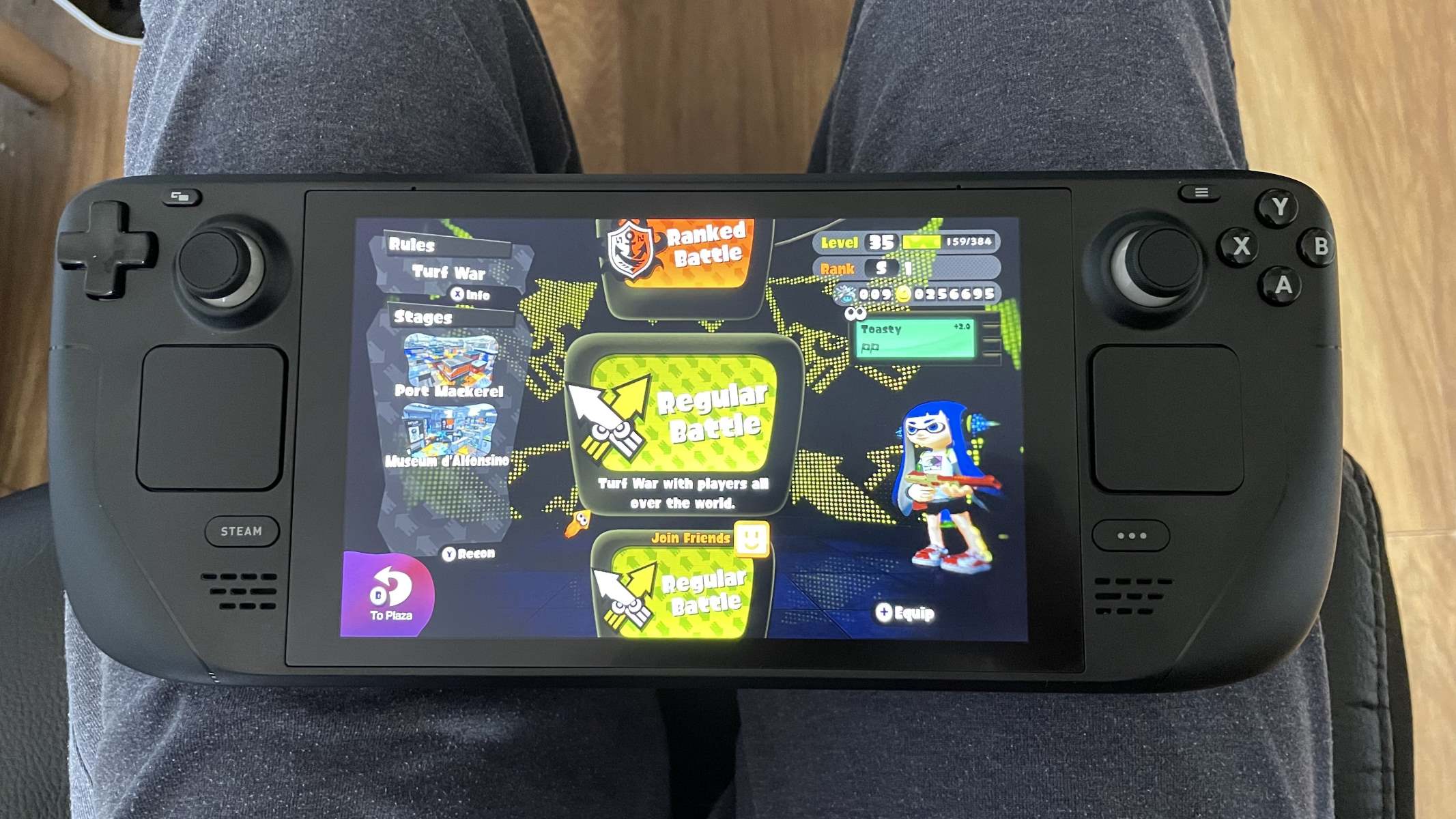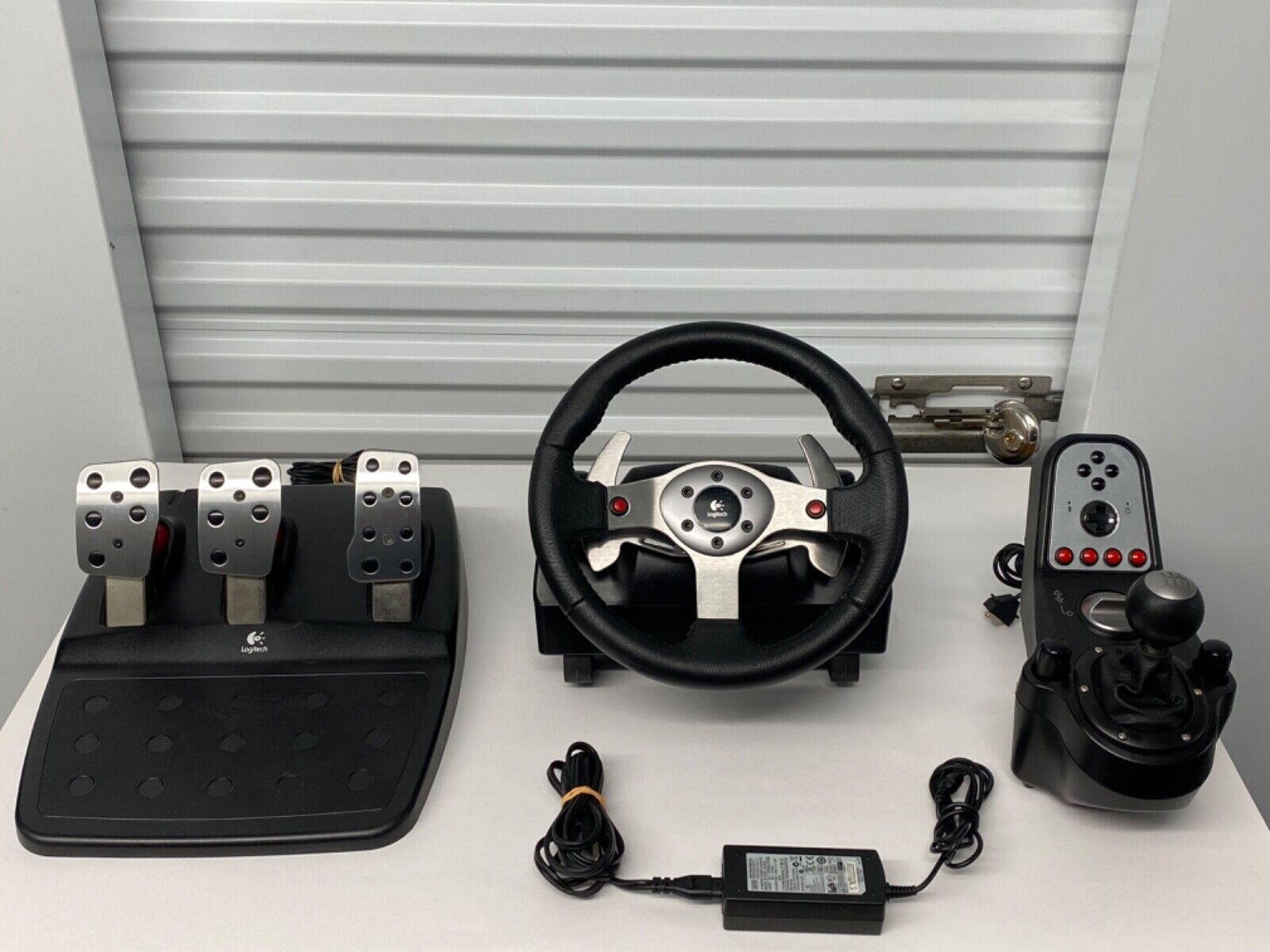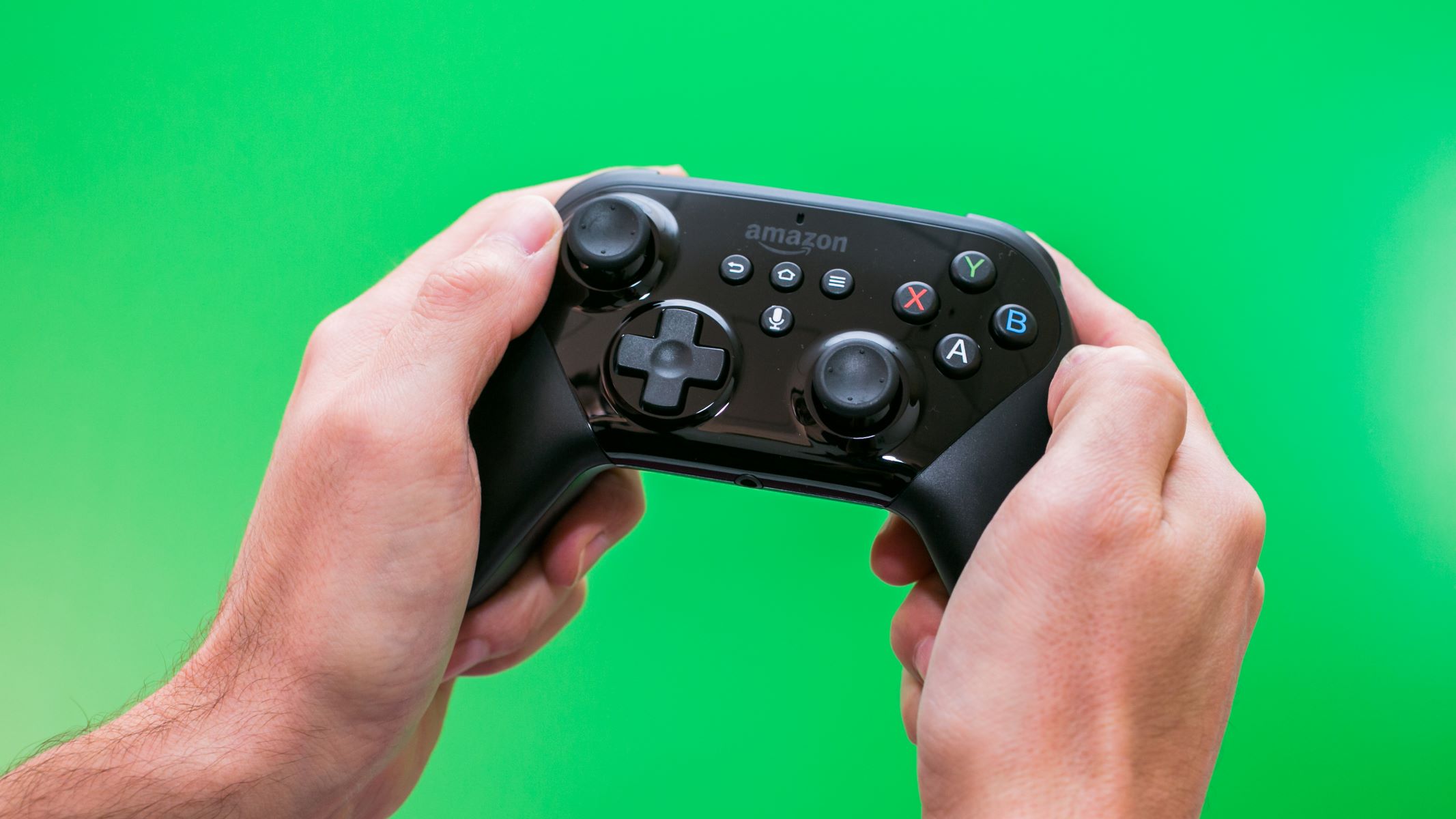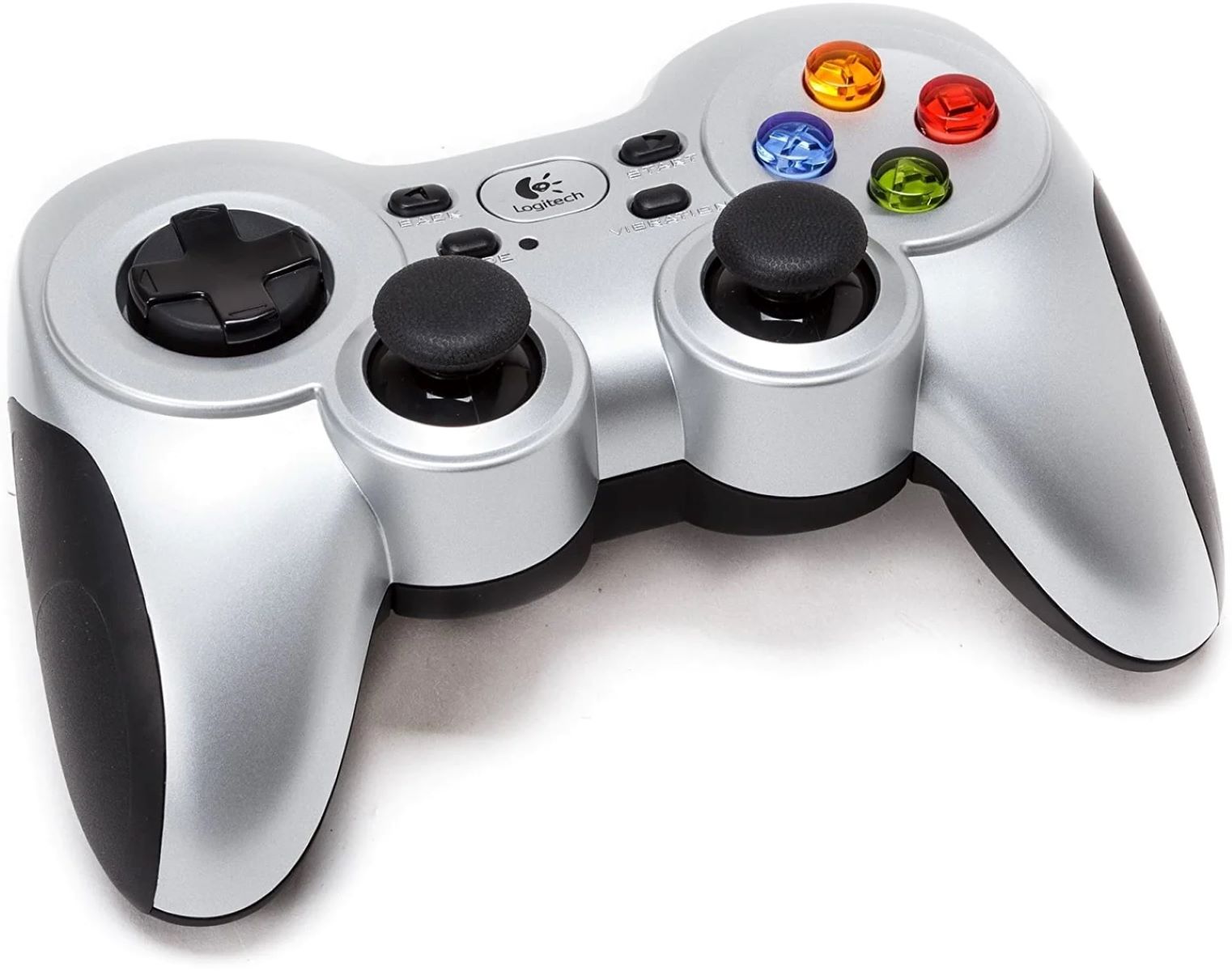Introduction
Introduction
A game controller is a crucial interface between a player and their digital world, allowing for seamless interaction with virtual environments. These devices have evolved significantly over the years, integrating advanced technologies to enhance the gaming experience. Understanding the different components of a game controller is essential for both gamers and technology enthusiasts. In this article, we will explore the various devices found on a game controller, shedding light on their functionalities and contributions to the overall gaming experience.
From traditional button inputs to sophisticated motion sensors, game controllers encompass a diverse array of features designed to cater to different gaming styles and preferences. Each device serves a distinct purpose, enabling players to navigate virtual landscapes, execute complex maneuvers, and immerse themselves in captivating gameplay scenarios. Whether it's the tactile feedback of a trigger or the precision of a joystick, every element of a game controller plays a pivotal role in shaping the gaming experience.
As we delve into the intricacies of game controller devices, we will uncover the technology behind these components and their impact on gaming performance. By gaining insights into the inner workings of these devices, both gamers and technology enthusiasts can develop a deeper appreciation for the engineering marvels that facilitate interactive entertainment. Let's embark on a journey to unravel the mysteries of game controller devices and gain a newfound appreciation for the intricate craftsmanship that enriches the gaming landscape.
Buttons
Buttons are the fundamental input devices on a game controller, serving as the primary means of triggering actions within a game. These tactile interfaces are strategically positioned to accommodate the player’s fingers comfortably, facilitating quick and precise inputs during gameplay. Typically, game controllers feature a combination of face buttons, shoulder buttons, and trigger buttons, each offering distinct functionalities.
Face buttons, often located on the front side of the controller, are used for various in-game actions such as jumping, attacking, or interacting with objects. These buttons are designed to be easily accessible, allowing players to execute commands with minimal effort. Shoulder buttons, positioned on the top side of the controller, are commonly assigned to secondary actions or functions, adding depth to gameplay mechanics. Trigger buttons, which are often analog, provide nuanced control over actions such as accelerating, braking, or aiming, offering a responsive and immersive experience.
Modern game controllers also incorporate specialized buttons, such as the share button that enables players to capture and share gameplay moments seamlessly. These innovations reflect the evolving nature of game controllers, catering to the increasing demand for social connectivity and content sharing within the gaming community.
Furthermore, the responsiveness and tactile feedback of buttons play a crucial role in enhancing the overall gaming experience. Whether it’s the satisfying click of a face button or the progressive resistance of a trigger button, the tactile sensations offered by these devices contribute to a heightened sense of engagement and control.
As game developers continue to push the boundaries of interactive entertainment, the role of buttons in game controllers remains integral, shaping the way players interact with virtual worlds and influencing the dynamics of gameplay. The evolution of button design and functionality reflects the ongoing quest to deliver intuitive, immersive, and responsive gaming experiences to enthusiasts worldwide.
Joysticks
Joysticks are pivotal components of a game controller, offering precise and multidirectional input capabilities that empower players to navigate virtual environments with finesse. These analog input devices consist of a protruding control stick, often accompanied by a textured surface for enhanced grip, enabling users to manipulate the on-screen character or cursor with remarkable dexterity.
Equipped with internal sensors that detect subtle movements, joysticks provide a wide range of motion, allowing for fluid and responsive control in various gaming scenarios. Whether it’s steering a vehicle through treacherous terrain or aiming with pinpoint accuracy in a first-person shooter, the versatility of joysticks elevates the level of control and immersion experienced by players.
Furthermore, the ergonomic design of joysticks ensures comfortable usage over extended gaming sessions, minimizing fatigue and maximizing precision. The tactile feedback generated by the movement of the joystick adds a sensory dimension to gameplay, enhancing the overall interactive experience.
Joysticks have witnessed significant advancements, evolving from simple digital sticks to sophisticated analog joysticks capable of detecting nuanced movements and pressure sensitivity. This progression has led to enhanced realism and responsiveness in gaming, enabling players to execute intricate maneuvers and express their creativity within virtual realms.
Moreover, the integration of joysticks in game controllers has extended beyond traditional gaming applications, finding utility in diverse fields such as flight simulation, graphic design, and accessibility devices. The adaptability and precision of joysticks make them valuable input tools across various technological domains, underscoring their enduring relevance in the realm of human-computer interaction.
As game developers continue to harness the potential of joysticks in crafting immersive and dynamic gameplay experiences, these versatile input devices are poised to remain integral to the evolution of interactive entertainment, empowering players to navigate, interact, and engage with virtual worlds in unprecedented ways.
Triggers
Triggers are essential components of modern game controllers, offering nuanced and responsive input for actions such as accelerating, braking, shooting, and more. Positioned strategically beneath the index fingers, these analog input devices provide variable resistance and precise control, enhancing the immersive and realistic feel of in-game interactions.
One of the defining features of triggers is their analog nature, allowing for gradual input based on the degree of depression. This functionality is particularly valuable in driving and shooting games, where players can modulate their actions with remarkable finesse, mirroring real-world movements and actions.
Furthermore, triggers often incorporate haptic feedback, providing tactile sensations that simulate the recoil of a firearm, the impact of a collision, or the tension of a bowstring. This sensory feedback adds depth to the gaming experience, heightening the player’s engagement and sensory immersion.
With the advent of adaptive triggers in next-generation game controllers, such as the DualSense controller for the PlayStation 5, triggers have reached new heights of innovation. These adaptive triggers dynamically adjust their resistance to simulate a diverse range of in-game actions, offering a heightened level of realism and tactile responsiveness.
Beyond traditional gaming applications, triggers have found utility in various interactive experiences, including virtual reality (VR) environments and simulation platforms. Their precision and feedback mechanisms make them valuable input devices for a wide array of immersive technologies, enriching the user’s sense of agency and control.
As game developers continue to leverage the capabilities of triggers to enhance gameplay dynamics, these devices remain integral to the evolution of gaming, shaping the way players interact with virtual worlds and influencing the fidelity and realism of interactive experiences.
D-Pad
The directional pad, commonly known as the D-pad, is a quintessential feature of game controllers, providing precise directional input for navigating in-game environments, making selections, and executing commands. Comprising a cross-shaped array of buttons, the D-pad allows players to move characters, vehicles, and cursors with accuracy and efficiency, offering a tactile and responsive means of interaction.
Originally introduced as a revolutionary innovation in gaming input, the D-pad has become an iconic element of controller design, synonymous with classic gaming experiences and intuitive control schemes. Its ergonomic layout enables players to effortlessly maneuver through virtual landscapes, solve puzzles, and engage in combat scenarios, reflecting its versatility across diverse gaming genres.
While the traditional cross-shaped D-pad remains prevalent in many controllers, modern iterations have incorporated enhanced design elements and functionalities. Some controllers feature a disc-shaped D-pad, offering smoother directional transitions and reducing the risk of accidental inputs, while others integrate modular D-pads that can be customized to suit individual preferences.
Furthermore, the D-pad’s responsiveness and tactile feedback contribute to the overall gaming experience, providing players with a sense of precision and control as they navigate through complex game environments. Its intuitive design and reliability make it a favored input method for both casual and competitive gamers, underscoring its enduring appeal in the gaming community.
Moreover, the D-pad’s utility extends beyond gaming, finding applications in menu navigation, text input, and multimedia control. Its versatility and ergonomic advantages have positioned it as a valuable input device in various interactive contexts, transcending traditional gaming scenarios.
As game controllers continue to evolve, the D-pad remains a cornerstone of input design, embodying the seamless fusion of functionality and simplicity. Its enduring presence in controller architecture underscores its significance in shaping the user experience and facilitating intuitive interaction within virtual realms.
Touchpad
The touchpad is a versatile and multifunctional input device that has redefined the capabilities of modern game controllers. Positioned prominently on the controller’s surface, the touchpad offers a responsive and intuitive interface for navigating menus, executing gestures, and interacting with in-game elements, expanding the scope of player input beyond traditional buttons and joysticks.
One of the touchpad’s defining features is its capacitive surface, which enables precise touch and gesture recognition, empowering players to swipe, pinch, and tap with ease. This functionality lends itself to a myriad of applications, from map navigation and inventory management to innovative gameplay mechanics that leverage touch-based interactions.
Beyond its utility in gaming, the touchpad serves as a versatile input method for menu navigation, text input, and interactive experiences beyond traditional gaming scenarios. Its seamless integration with the controller’s design reflects the industry’s commitment to enhancing user interaction and expanding the creative possibilities within interactive entertainment.
Moreover, the touchpad’s responsiveness and tactile feedback contribute to the overall gaming experience, providing players with a sense of precision and control as they navigate through complex game environments. Its intuitive design and reliability make it a favored input method for both casual and competitive gamers, underscoring its enduring appeal in the gaming community.
Furthermore, the touchpad’s utility extends beyond gaming, finding applications in menu navigation, text input, and multimedia control. Its versatility and ergonomic advantages have positioned it as a valuable input device in various interactive contexts, transcending traditional gaming scenarios.
As game controllers continue to evolve, the touchpad remains a cornerstone of input design, embodying the seamless fusion of functionality and simplicity. Its enduring presence in controller architecture underscores its significance in shaping the user experience and facilitating intuitive interaction within virtual realms.
Motion Sensors
Motion sensors, such as accelerometers and gyroscopes, have revolutionized the way players interact with game controllers, introducing intuitive and immersive input mechanisms that respond to physical movements. These sensors detect changes in orientation, tilt, and acceleration, translating real-world gestures into in-game actions, thereby expanding the expressive capabilities of game controllers.
One of the key applications of motion sensors is in motion-controlled gameplay, where players can physically manipulate the controller to affect in-game elements, such as steering vehicles, aiming weapons, or performing gestures to trigger specific actions. This interactive approach to gaming engenders a heightened sense of engagement and physicality, blurring the boundaries between the virtual and physical realms.
Furthermore, motion sensors have found widespread adoption in virtual reality (VR) and augmented reality (AR) experiences, where they contribute to the sense of presence and agency within immersive environments. By tracking the user’s movements and gestures, motion sensors enable natural and instinctive interactions, fostering compelling and immersive experiences across various interactive platforms.
Beyond gaming, motion sensors have permeated diverse technological domains, including fitness applications, gesture-based interfaces, and spatial computing. Their versatility and precision make them invaluable tools for creating interactive experiences that transcend traditional input paradigms, offering users a more intuitive and engaging means of interaction.
As game developers continue to explore the potential of motion sensors in crafting immersive and dynamic gameplay experiences, these devices remain integral to the evolution of interactive entertainment, empowering players to engage with virtual worlds in unprecedented ways and shaping the future of interactive experiences.
Vibration Motors
Vibration motors are integral components of game controllers, imbuing interactive experiences with tactile feedback and sensory immersion. These compact yet powerful devices generate controlled vibrations, enhancing the player’s sense of engagement and realism by providing haptic cues that correspond to in-game events, actions, and environmental stimuli.
One of the primary applications of vibration motors is in simulating physical sensations, such as the rumble of a vehicle engine, the impact of collisions, or the reverberation of explosions, adding a layer of physicality to the gaming experience. This tactile feedback enriches gameplay dynamics, heightening the player’s sensory engagement and emotional resonance with the virtual world.
Furthermore, vibration motors contribute to spatial awareness and environmental feedback, alerting players to in-game events, hazards, and interactions through subtle or pronounced vibrations. This sensory augmentation fosters a deeper connection between the player and the virtual environment, heightening the overall immersion and responsiveness of the gaming experience.
Additionally, vibration motors play a crucial role in accessibility and inclusivity by providing tactile cues and feedback for players with visual or auditory impairments. These haptic signals convey vital information, such as incoming threats, interactive prompts, or navigational cues, ensuring that all players can engage with games on equal footing, regardless of their sensory abilities.
Beyond gaming, vibration motors have found applications in diverse fields, including virtual reality (VR) experiences, mobile devices, and wearable technology, where haptic feedback enriches user interactions and enhances the overall user experience. Their versatility and impact on user engagement underscore their significance in shaping interactive experiences across various technological domains.
As game developers continue to harness the potential of vibration motors to enrich gameplay dynamics and sensory immersion, these devices remain indispensable in shaping the future of interactive entertainment, providing players with a heightened level of engagement and sensory feedback within virtual realms.
Connectivity Options
Game controllers offer a diverse range of connectivity options, enabling seamless integration with gaming platforms, devices, and accessories. These connectivity features play a pivotal role in enhancing the versatility, accessibility, and compatibility of game controllers, catering to the evolving landscape of interactive entertainment.
One of the most prevalent connectivity options for game controllers is wireless technology, which allows for cord-free interactions with gaming consoles, PCs, and mobile devices. Wireless controllers utilize Bluetooth or proprietary wireless protocols to establish stable and responsive connections, freeing players from the constraints of wired setups and enhancing the overall mobility and convenience of gaming experiences.
Moreover, the proliferation of wireless connectivity has facilitated cross-platform compatibility, enabling game controllers to interface with a diverse array of devices, including smartphones, tablets, and computers. This interoperability expands the reach of gaming experiences, empowering players to seamlessly transition between different platforms and ecosystems without compromising input fidelity.
Additionally, wired connectivity remains a prevalent option for game controllers, offering reliable and low-latency connections that are well-suited for competitive gaming and high-performance scenarios. Wired controllers utilize USB or proprietary connectors to establish direct and responsive links with gaming hardware, ensuring minimal input lag and consistent performance during intense gameplay sessions.
Furthermore, the advent of hybrid connectivity solutions, such as controllers with detachable or interchangeable cables, provides users with flexibility and adaptability, allowing them to tailor the controller’s connectivity to suit their specific gaming setup and preferences.
As gaming ecosystems continue to evolve, connectivity options have extended to encompass cloud gaming platforms, streaming devices, and networked gaming services, enabling seamless integration with cloud-based gaming experiences and distributed gaming infrastructures. This expansion reflects the industry’s commitment to accommodating diverse gaming paradigms and technological advancements.
Overall, the diverse array of connectivity options available for game controllers underscores the industry’s dedication to fostering inclusive, accessible, and immersive gaming experiences, empowering players to engage with interactive entertainment across a multitude of platforms and scenarios.







